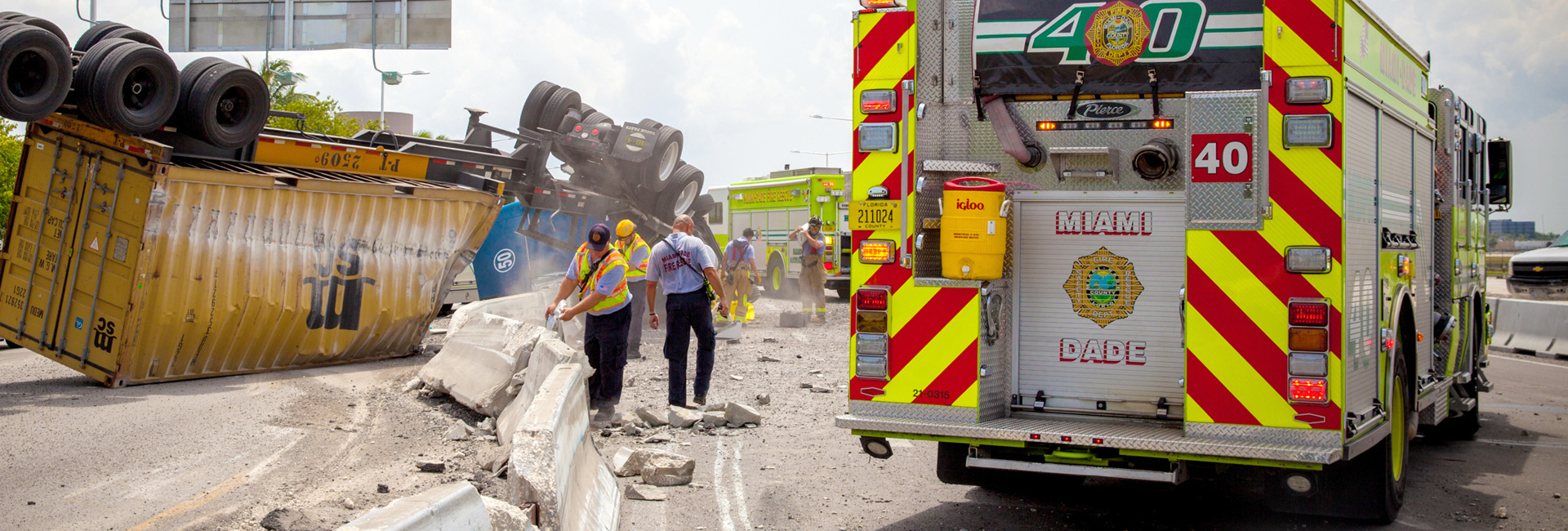Safety Tips: Emergency Escape Planning
In 2004, there were approximately 395,000 home structure fires in the U.S., with over 3,000 associated civilian deaths. These numbers could be significantly reduced if more families across the country had a plan for escaping homes quickly and safely.
Fire can spread rapidly through your home, leaving you as little as two minutes to escape once you are alerted to the fire. So, your ability to get out depends on advance warning from smoke alarms and advance planning. Here are some guidelines for creating your home escape plan:
- Early warning is crucial! Make sure you have at least one smoke alarm on each level of your home. Place them in hallways, near bedrooms so that they can easily be heard by sleeping occupants.
- Walk through your home and identify all potential exits. There should be at least two possible exits from each room, including windows and doors.
- Inspect all exits for escape obstacles, including clutter, furniture, difficult locks, security bars or hurricane shutters.
- Ensure that these obstacles are removed or modified to allow for escape. Security bars should include a quick-release mechanism, which allows for escape from the inside, without compromising security. Hurricane shutters should only be applied prior to a storm and removed shortly afterward. Do not leave shutters on an occupied home for the duration of hurricane season. Every year in South Florida alone, there are dozens of fire emergencies that leave victims trapped inside shuttered homes.
- Choose a meeting place outside the home that is a safe distance from the house such as a neighbor's house, a mailbox, light posted stop sign.
- If there are infants, toddlers, elderly or mobility impaired residents in your home, make sure that someone is assigned to assist them in an emergency.
- Put your plan on paper. Include a floor plan of your house and mark the exits for each room and the outside meeting place.
- Make sure your house number is clearly visible from the street so that emergency responders can easily find your home.
Creating your plan is just the first step. You will also have to explain the plan to the entire family, so that each person is able to understand it, and you will need to practice your plan, too. Practice will allow you to identify any additional challenges and it will help everyone handle a real emergency with less panic.
- Teach all members of your family how to dial 911 and make sure everyone knows how to recite their address and phone number.
- Begin with a family meeting and walk through the house, explaining all aspects of the plan and clearly identifying all exits. As you proceed, pause to make sure that all members understand. End the meeting at your outside meeting place and ask everyone if they feel comfortable with the plan. Ask for input and suggestions from their point of view.
- Schedule practice drills. Young children will actually enjoy this activity. Teenagers will roll their eyes and complain, but they would do that no matter what you suggest, so don’t let them opt out of the drill – their lives could depend on it!
- Begin with a planned drill in the daytime, and once all members have mastered that, then schedule one during the night. It does not have to be a surprise (the object is to teach, not scare little ones) but everyone should be sound asleep so that you can find out how well they awake to the sound of the alarm.
- Don't forget to practice crawling on hands and knees, in case the house is already filled with smoke when you attempt to escape. The "good" air will be about two feet from the floor.
Your home fire escape plan will help ensure the safety of your family in an emergency.

Fire Rescue
Raied "Ray" Jadallah
R. David Paulison Fire Rescue Headquarters
9300 NW 41st Street,
Miami, FL 33178-2414
786-331-5000

